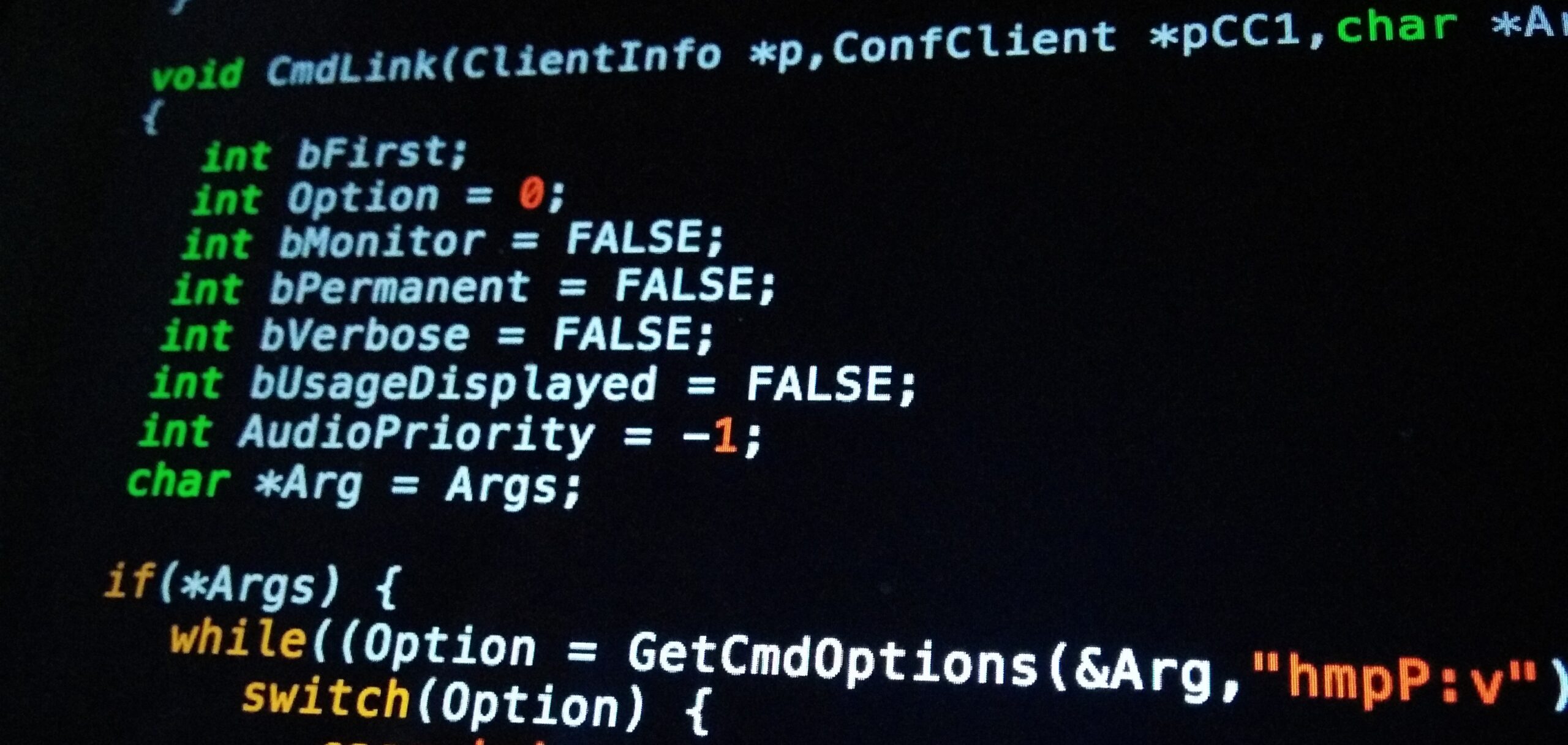My club has two DR-1X repeaters on the same site. One is on 2 meters, the other on 70 cm. We wanted to link the repeaters together so they would behave as one when needed.
There are several complete solutions for this already on the market, and more on the way. Two alternatives we looked at was S-COM 7330 and Arcom RC210. NWDR has announced a controller that will also enable D-Star operation along with FM and SystemFusion. Exciting times.
However, with the market for DR-1X compatible controllers this immature, we felt that investment in relatively expensive controller gear was not the right choice at this time.
We decided to research the DR-1X interface port and use a software based repeater controller for linking the repeaters. On top of being less expensive, it also adds some functionality that is not available “hardware” controllers.
The repeaters are both interfaced to a computer (Intel Atom running Ubuntu Linux) using the interface circuitry described in this post.
Inside the computer we’re using a software called “TheLinkBox” which is basically a really flexible software repeater logic with support for event hooks, scripting, Echolink and more.
TheLinkBox is a branch of TheBridge Echolink conference software, and is quite anonymous on the project website. However, we are looking into producing precompiled apt packages for Ubuntu and Raspbian to make installation of the software easier.
If you configure TheLinkBox correctly, the two repeaters can be interconnected. You can also create DTMF commands to control whether the linking is active.
You could “disable” the internal repeater logic in the DR-1X by pulling the “EXT I/O” pin low, and let TheLinkBox do all the repeating logic, but that will also disable support for SystemFusion Digital Voice.
We chose to go with a half-way solution where we let the repeater do its own repeating, and sensing the correct squelch signal from the receiver. When the receiver is active we key the “opposite” repeater to let out the audio on the linked repeater. This of course works both ways. When there is DV traffic on the repeater, the “AF out” pin emits decoded analog audio. Sending DV to one repeater will cause the other to send analog FM audio, but the audio will at least be the same.
Of course, solutions like this are never perfect. When you key the DR-1X from the accessory port there are some issues you need to be aware of.
To key the repeater you need to simultaneously pull low the EXT I/O pin to enable external IO. As previously explained this seems to disable the internal logic. Because of this, this kind of outgoing traffic does not trigger the repeaters internal CW beacon. We solved this simply by having TheLinkBox identify each repeater port with a CW beacon very similar to the one built into the DR-1X. This causes double identifying in some cases, it is however being operated legally.
Second, if the repeater is busy doing some transmitting on it’s own, for example identifying itself, it will not react to requests for remote mode and keying. This is also true during the short TX tail on the repeater transmitter after the receiver squelch goes low.
Example: If you trigger a command in TheLinkBox via DTMF that immediately after you release PTT will return with audio of some sort, it can try to key the repeater while it is still in “hang time”. The response will not get transmit.
These two issues have not given us problems in practical use yet.
This is ongoing work, and we will post more detailed information when we have more experience.


Comments
2 responses to “Linking Yaesu DR-1X repeaters without expensive hardware”
I am very interested in any further updates to this post. Iam just now setting up my Yaesu Fusion repeater. Mainly the remote DTMF control for error situations should they arise. Thanks for the info above. I will research it further.
73,
John KA7CVJ
Hello, I’m interested in that software Ohio to go about to get the software for the EchoLink through the fusion repeater, [email protected] thank you